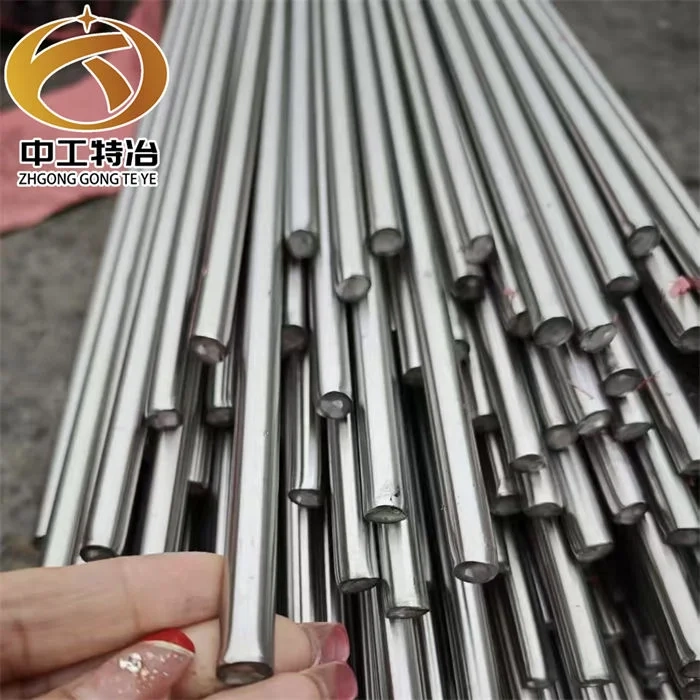In the realm of chemical formulations, the terms emulsifier and dispersant are often used interchangeably, leading to confusion among professionals and enthusiasts alike. While both play crucial roles in stabilizing mixtures, their functions, mechanisms, and applications differ significantly. This article delves into the intricacies of emulsifiers and dispersants, highlighting their unique characteristics and the contexts in which they are most effectively employed.
Understanding Emulsifiers
Emulsifiers are substances that facilitate the mixing of two immiscible liquids, such as oil and water. They achieve this by reducing the surface tension at the interface of the two phases, allowing for the formation of a stable emulsion. Emulsifiers are typically amphiphilic molecules, possessing both hydrophilic (water-attracting) and hydrophobic (water-repelling) properties. This dual nature enables them to position themselves at the oil-water interface, stabilizing the emulsion by preventing the coalescence of droplets.
Mechanisms of Action
The primary mechanism by which emulsifiers stabilize emulsions is through steric and electrostatic stabilization. Steric stabilization occurs when the emulsifier molecules create a physical barrier around the droplets, preventing them from coming together. Electrostatic stabilization, on the other hand, involves the generation of repulsive forces between charged droplets, further enhancing stability.
Applications of Emulsifiers
Emulsifiers are widely used in various industries, including food, cosmetics, pharmaceuticals, and paints. In the food industry, for example, emulsifiers like lecithin are essential for creating stable mayonnaise and salad dressings. In cosmetics, emulsifiers help to blend oils and water in creams and lotions, ensuring a smooth texture and consistent performance.
Dispersants: A Different Approach
Dispersants, while also stabilizing agents, serve a different purpose. They are primarily used to prevent the agglomeration of solid particles in a liquid medium, ensuring a uniform distribution of the dispersed phase. Dispersants work by modifying the surface properties of the particles, reducing their tendency to clump together.
Mechanisms of Action
The stabilization provided by dispersants is largely attributed to steric and electrostatic repulsion, similar to emulsifiers. However, the focus here is on solid-liquid interactions rather than liquid-liquid interfaces. Dispersants often contain surfactant molecules that adsorb onto the surface of the particles, creating a barrier that inhibits aggregation. This is particularly important in applications such as paints, inks, and coatings, where a uniform particle distribution is critical for performance.
Applications of Dispersants
Dispersants find their applications across a range of industries, including coatings, inks, and pharmaceuticals. In the paint industry, for instance, dispersants are crucial for maintaining the stability of pigment suspensions, ensuring even color distribution and preventing settling. In pharmaceuticals, dispersants are used to enhance the bioavailability of poorly soluble drugs by keeping them uniformly dispersed in a liquid medium.
Key Differences Between Emulsifiers and Dispersants
While both emulsifiers and dispersants serve to stabilize mixtures, their fundamental differences can be summarized as follows:
- Functionality: Emulsifiers stabilize liquid-liquid mixtures, while dispersants stabilize solid-liquid mixtures.
- Mechanism of Action: Emulsifiers reduce surface tension at the oil-water interface, whereas dispersants modify the surface properties of solid particles to prevent agglomeration.
- Applications: Emulsifiers are commonly used in food and cosmetic formulations, while dispersants are prevalent in coatings, inks, and pharmaceuticals.
Conclusion
Understanding the distinctions between emulsifiers and dispersants is essential for professionals involved in formulation chemistry. By recognizing their unique roles and mechanisms, formulators can make informed decisions about which stabilizing agent to use in their products. Whether creating a creamy salad dressing or a vibrant paint, the choice between an emulsifier and a dispersant can significantly impact the performance and stability of the final product. As industries continue to evolve, the demand for effective stabilizing agents will only grow, making it imperative to grasp these fundamental differences.


